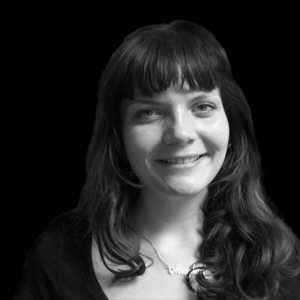Callaghan: Environmental professionals should aim to break out of stereotypical mold
Modern notions about environmentalists have existed for decades and have provided us with the stereotype of a “dirty hippie.”
This label has come to describe those who consider themselves champions for the environment, yet the term has transcended and caused the current stigma surrounding professional environmentalists. This only causes people to perceive the profession with naivety.
The “dirty hippie” stereotype does not promote a serious consideration for environmentalists and their undertaking of environmental missions.
This typecast says these unwashed, smelly youths have their heads in the clouds and their minds stuck in la-la land. According to critics, they don’t know what it’s like in the real world and don’t have a realistic view of the world’s problems.
The first thing needed to make the world a better place is understanding what someone is trying to say. Playing up a stereotype does not benefit anyone; it only leads to the loss of respect and authority.
Environmentalists have a great deal to offer this world. Because they need to persuade and inform the masses about the world’s issues, it would make the job easier if a new image was brought to the table.
Quite frankly, being considered dirty and smelly is distracting and childish.
This stereotype is a hard one to break for anyone in the environmental field. It’s been around for decades and some people continue to add fuel to the fire.
Like all stereotypes, this particular one has developed from a seed of truth.
Since the days of the advent of beatniks and hippies in the late 1950s-60s, the stereotype has grown and flourished, mainly because of a lack of understanding between different groups of people: the conservative, suburban Americans and their children crying for social change.
Environmentalists became associated with 1960s counterculture, which is heavily characterized by hippies. The two became synonymous with one another because of this. The polarization of this counterculture and “Leave it to Beaver” suburban culture of the era separated the social groups, thus stimulating the stereotype.
Stereotypes divide people with differences, creating a negative caricature in an extreme light. While they can be humorous or light-hearted, like the “dirty hippie” cracks are intended to be, they often times hinder professionals who seek to reach outside of the narrow label.
Environmental professionalism should not differ from other career fields.
No matter what field you’re in, every career, profession or job requires professionalism — a manner of appearance and actions that convey a skilled and qualified person. This is no different for environmental fields, though the stereotypical environmentalist is often at odds with the businessman, businesswoman or other professional individual.
Being professional is not to say that you can’t be yourself. It’s important to separate individualism from professionalism. You can be qualified and formal, while still maintaining your own style.
Most professionalism comes from one’s attitude — a cocktail of confidence and respect for others. Combined with a somewhat conservative wardrobe, any young worker can be on the way to success. It is taking what you have to offer, what you bring to the table and encouraging others to take you seriously.
There is a time and place to be professional, as well as different times and places to be informal. The most important thing is to walk the line that defines both areas.
You can still have your eccentricities, just pair them with professionalism. That way, we can truly make a mark on this world, moving us toward a better place.
Meg Callaghan is a senior environmental studies major at SUNY-ESF. Her column appears weekly. She can be reached at mlcallag@syr.edu.
Published on September 24, 2013 at 2:38 am







